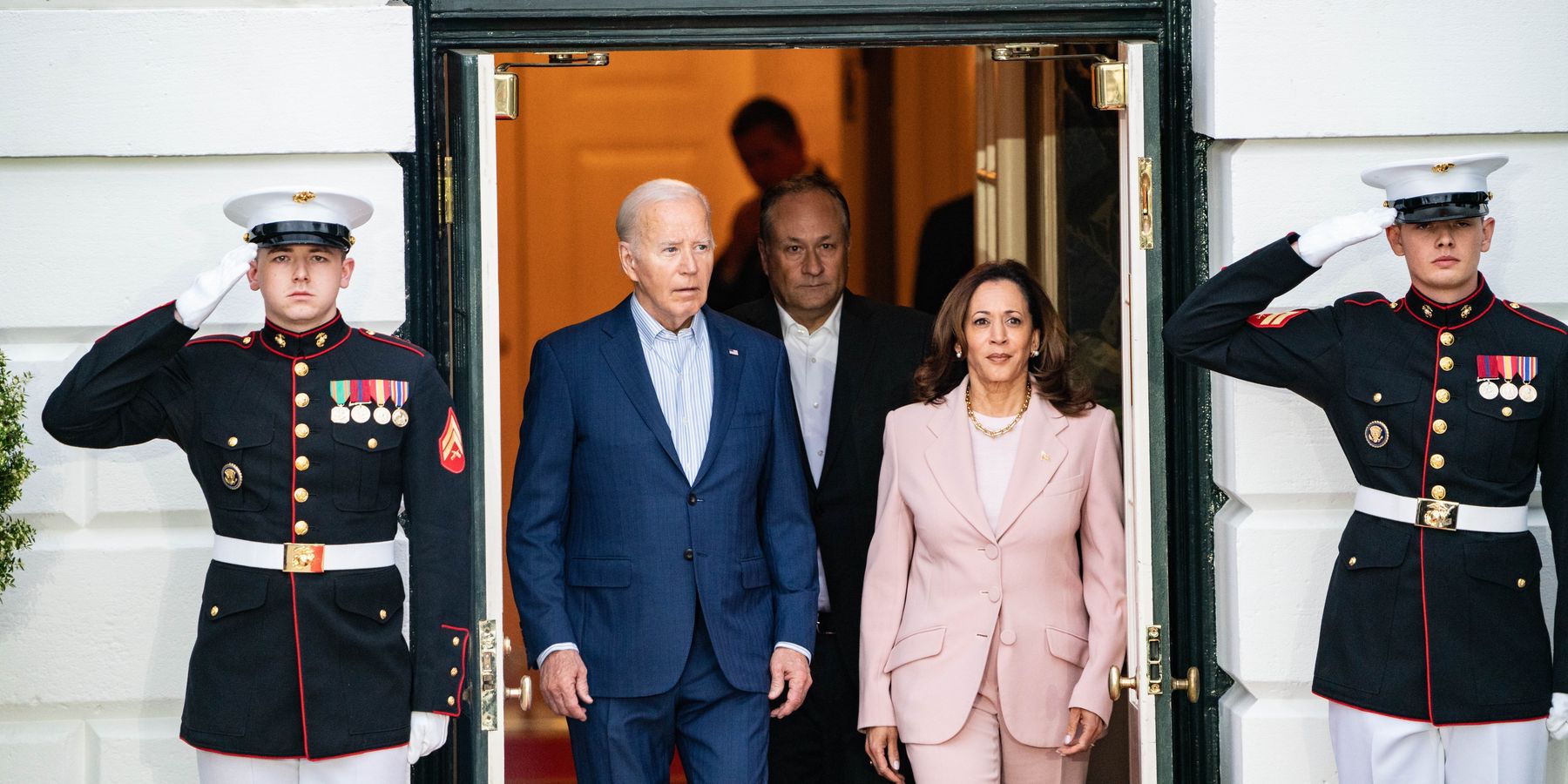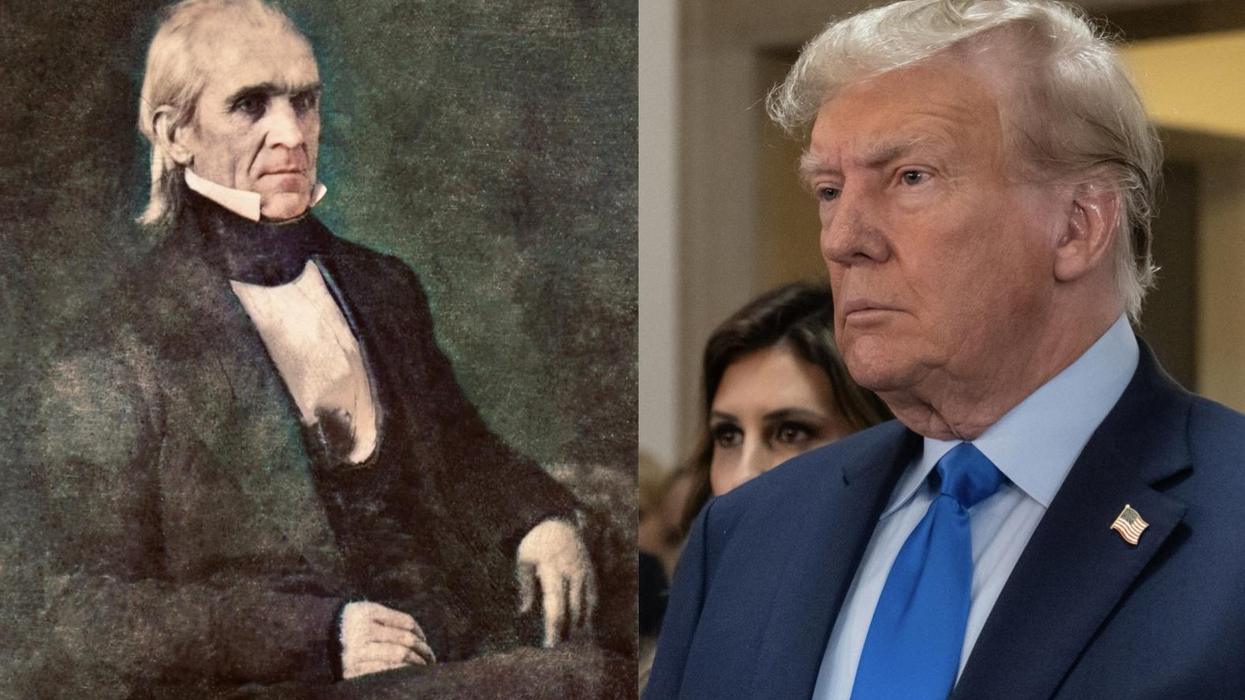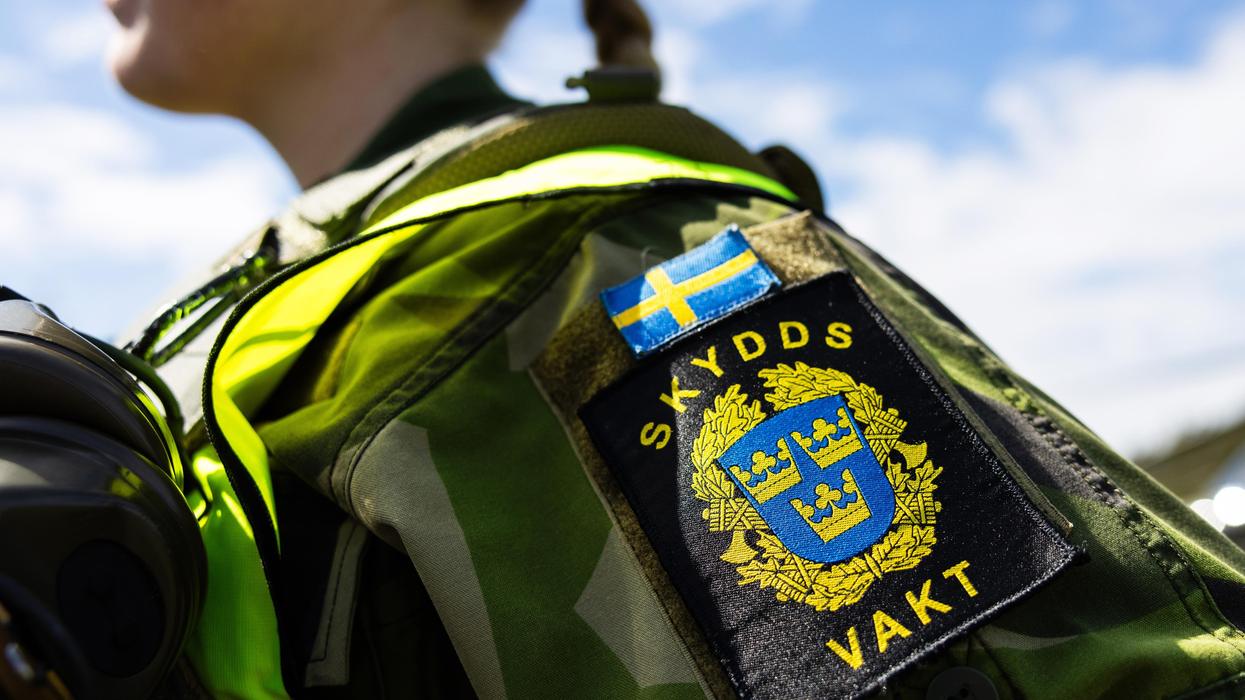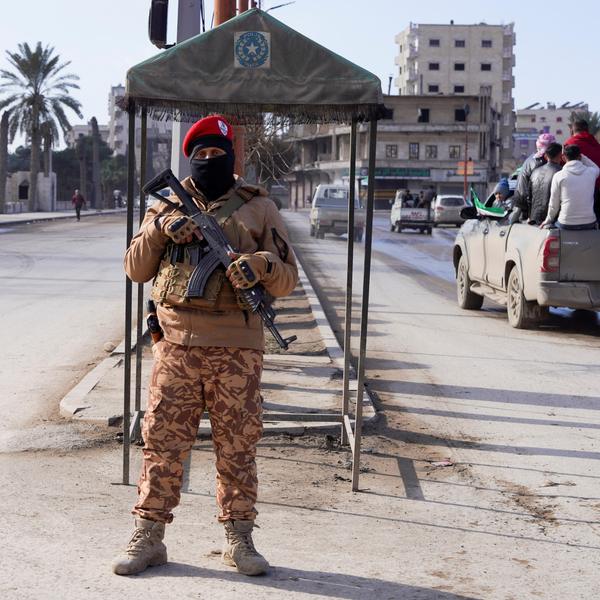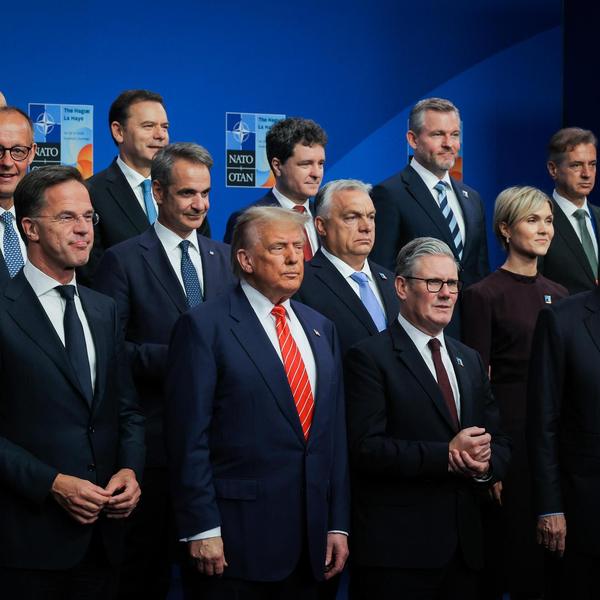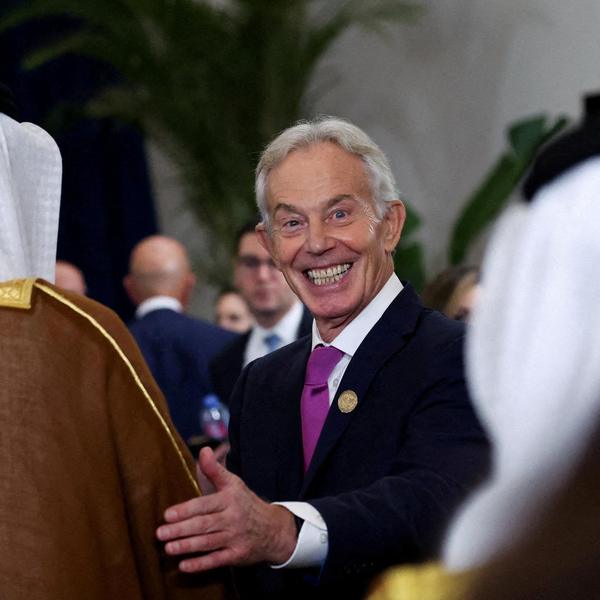Since the start of U.S. involvement in the Russo-Ukrainian War, the Biden administration established a series of clear red lines intended to limit the war's escalation and avoid direct confrontation with Russia.
However, at every juncture, President Biden has buckled in the face of outside pressure and crossed each of these lines. The last frontier he has yet to reach is putting U.S. service members on the ground in Ukraine, but unfortunately, we seem to be halfway there.
Initially, the Biden administration was firm in its refusal to send certain military assistance to Ukraine. For instance, President Biden said early on in the war that the U.S. would not send American M1 Abrams tanks to Ukraine because they were too complex for Ukrainian troops to operate. But in January 2023, the Department of Defense announced it would be supplying the tanks to Ukraine after all.
Following this shift, in May 2023, President Biden had another change of heart regarding F-16 fighter jets. For months, the president and senior U.S. officials opposed sending the aircraft to Ukraine, citing their sophistication and the need for pilots to have a strong command of English. Nevertheless, President Biden last year yielded to pressure from President Zelensky and European allies and authorized the transfer of dozens of warplanes from Western allies. The U.S. is currently training Ukrainian pilots.
Similar reversals followed at every turn. Later, with the approval of cluster munitions, and then with long-range missiles, such as ATACMS.
More recently, and even more alarming, the president's reversals have expanded to include significant policy red lines beyond weaponry. First, he permitted Ukraine to use U.S. weapons to strike targets in Russia’s interior. This decision was a shocking escalatory move, which the president originally prohibited because it would get the U.S. more directly involved in the fight.
Second, administration officials said the president is considering lifting the ban on U.S. military contractors in Ukraine. The importance of this decision should not be understated. Historically, this action is the opening move towards the eventual deployment of U.S. soldiers to a foreign conflict.
There is no better example of this than our involvement in Vietnam. In the 1950s through the official beginning of the war, the initial American presence on the ground in Vietnam operated under the guise of civilian advisers. Their mission was to provide military aid and advice first to French colonial forces fighting the Viet Minh, then to the Army of the Republic of Vietnam (ARVN) after the French left. While these U.S. personnel were not officially in a combat role, they were there to offer logistical and technical support, training, and intelligence assistance.
This action eventually led to the deployment of U.S. service members. Our nation's involvement started in a limited, indirect capacity and then incrementally escalated over 20 years to include the deployment of combat forces in Vietnam.
Is there any reason to believe that if he opts to put contractors inside Ukraine, President Biden won't at some point succumb to the pressure and barrel through the final red line by deploying U.S. service members to Ukraine?
It would be a miscalculation to assume that Russia doesn’t see this, and every other red-line crossing, as direct U.S. participation in the war.
There is no more significant burden to bear in the White House than that of Commander-in-Chief. Yet, ours seems poised to blunder (perhaps willfully) into World War III. This seems especially true when paired with his administration's recent announcement of a 10-year bilateral security agreement with Ukraine.
According to the White House, this agreement would deepen the security and defense cooperation between our two nations. Additionally, it aims to support Ukraine’s economic recovery and accelerate its integration into the European Union and NATO. While this agreement also calls on the U.S. and Ukraine to work together to achieve a “just peace” — defined by the Biden administration as reestablishing Ukraine’s “territorial integrity” — he has yet to provide Congress with a detailed strategy on how exactly he plans to accomplish this.
It is no coincidence that such an agreement comes during an election year when President Biden’s opponent has promised to negotiate a peace deal and conclude the war.
Meanwhile, according to reports, NATO is expected to announce "a bridge to Ukraine's eventual membership in the NATO Alliance" at the NATO Summit in Washington, DC, this week.
NATO Secretary General Jens Stoltenberg is a core architect of the alliance’s expansion. He expressed this exact sentiment out loud when recently visiting Kyiv: "Ukraine will become a member of NATO. The work we are undertaking now puts you on an irreversible path toward NATO membership, so that when the time is right, Ukraine can become a NATO member straightaway."
In addition to this bilateral agreement with Ukraine, the Biden administration also decided to export consequential authority to NATO, whose defense ministers finalized a proposal in June to give the alliance greater control over security assistance to Ukraine's military.
According to Ivo Daalder, a former American ambassador to NATO, “It’s an effort at Trump-proofing” support for Ukraine. Because the mission is sponsored and controlled by NATO, it is designed to function even if former President Trump wins the election in the fall.
A U.S. president ceding any leadership on a vital national security issue to a supranational organization should be a five-alarm fire in our mainstream media. Instead, it is met with raucous applause.
These maneuvers taken by President Biden are meant to avoid accountability to the American public for escalations in the war, unconstitutionally circumvent Congress, and box in the next administration.
Lastly, for a security guarantee to be worth the paper it’s written on, a country must be willing to enforce the agreement with its military might. In this case, the signal seems clear: President Biden believes no cost is too great to achieve his desired outcome of reclaiming lost territory in Ukraine and integrating Ukraine into NATO. Does this include placing U.S. boots on the ground? The security guarantee does not prohibit such a measure.
This is a dangerous agreement between Joe Biden and Volodymyr Zelensky. An actual agreement between nations is called a treaty. For that reason, I introduced the House companion to a resolution spearheaded by Senators Mike Lee and Rand Paul to clarify the hollow status of the administration’s current agreement.
If, for whatever reason, President Biden intends his agreement to bind future actions, then Congress must assert its authority and demand that the Senate ratify the Biden-Zelensky security scheme as a treaty. It’s the only way to ensure President Biden doesn’t stumble through his last red line.
Congress holds the sole Constitutional authority to declare war, and America is not threatened by an imminent attack by Russia — yet. President Biden may be interested in escalating this war and giving up U.S. sovereignty to NATO, but the American people are not.
- Testing Russia’s red lines could become a fatal experiment ›
- US contractors in Ukraine: Another 'red line' crossing? ›
- Ukraine hits targets deep inside Russia in break with Biden administration ›

